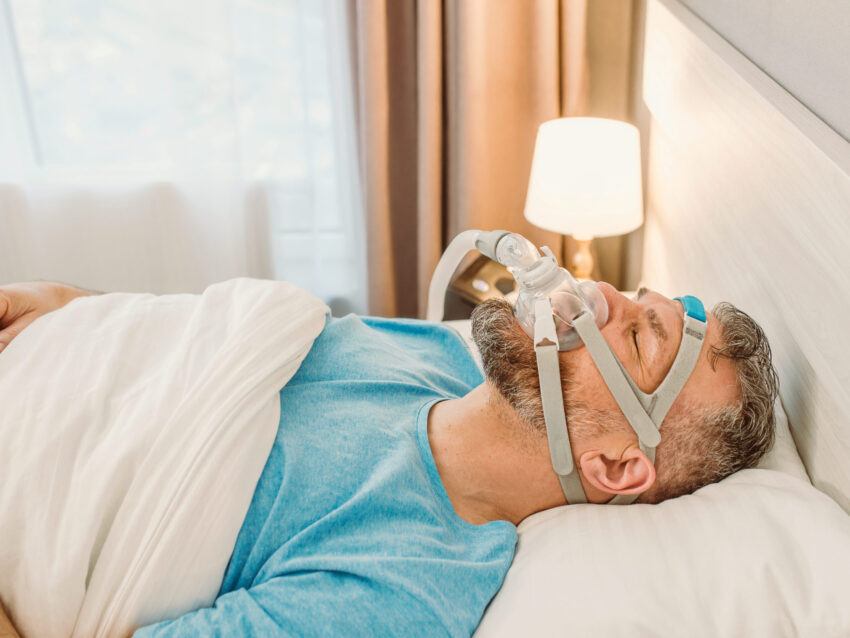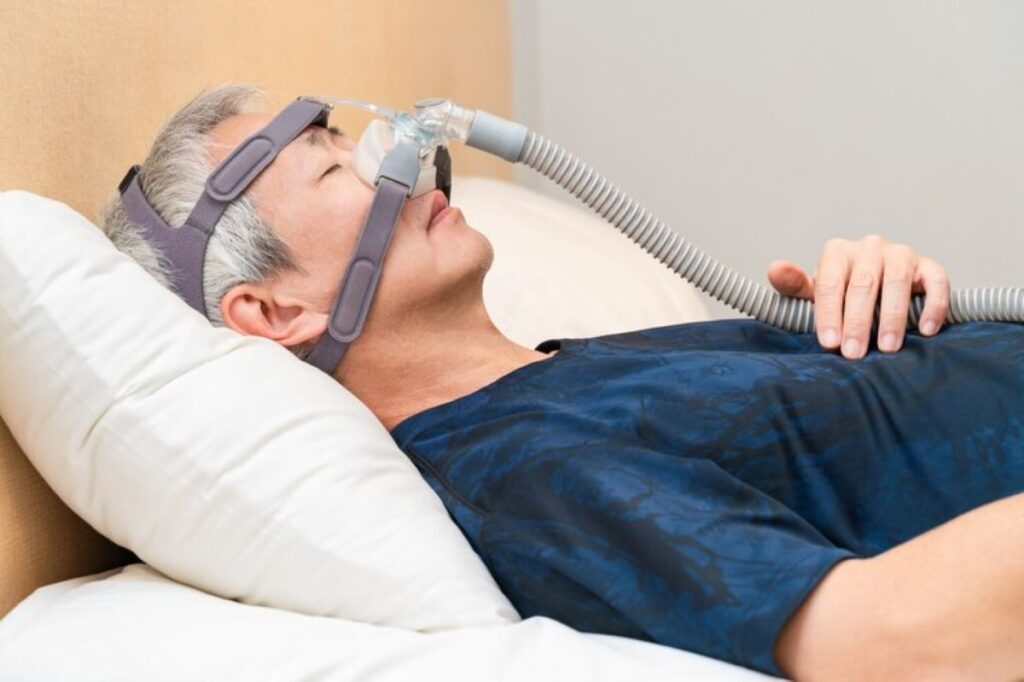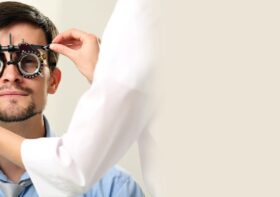Sleep Apnea Unmasked: Causes, Symptoms, and Modern Treatment Options

Introduction – When a Good Night’s Sleep Isn’t What It Seems
You close your eyes, drift into slumber, and think you’ve had a full night’s rest — yet you wake up exhausted, with a dry mouth and a foggy mind. For millions of people, this is the hidden toll of sleep apnea, a condition that disrupts breathing during sleep.
Sleep apnea isn’t just about snoring or feeling tired. It’s a serious health concern linked to heart disease, high blood pressure, diabetes, and even an increased risk of accidents due to daytime drowsiness. What makes it especially tricky is that many people don’t even realize they have it.
In this guide, we’ll pull back the curtain on sleep apnea — its causes, warning signs, and modern treatments that can help you reclaim restful, healthy sleep.
Causes of Sleep Apnea – Why It Happens
There are two main types of sleep apnea:
- Obstructive Sleep Apnea (OSA) – The more common type, caused by a physical blockage in the airway.
- Central Sleep Apnea (CSA) – Less common, caused by the brain failing to signal the muscles to breathe.
Sometimes, a person can have a mix of both, known as complex sleep apnea.
See more: Best CPAP Masks for Different Sleep Styles
Common Risk Factors
While anyone can develop sleep apnea, certain factors increase the likelihood:
- Excess weight – Fat deposits around the airway can obstruct breathing.
- Large neck circumference – Often linked to narrower airways.
- Age – The risk increases as we get older.
- Gender – Men are diagnosed more often, but women’s symptoms are frequently overlooked.
- Family history – Genetics may influence airway structure and breathing control.
Lifestyle Triggers
Your daily habits can also worsen or trigger sleep apnea:

- Alcohol before bed – Relaxes throat muscles, narrowing the airway.
- Smoking – Increases inflammation and fluid retention in the airway.
- Sedatives – Can slow breathing and reduce muscle tone in the throat.
- Sleeping on your back – Encourages airway collapse in some individuals.
Example:
Imagine an otherwise healthy traveler who indulges in more alcohol than usual during a vacation. That extra relaxation of the throat muscles could trigger more apnea episodes — even if they rarely have symptoms at home.
Symptoms – More Than Just Snoring
While loud, chronic snoring is a common symptom, sleep apnea’s warning signs often go far beyond noise.
Nighttime Symptoms
- Gasping, choking, or snorting during sleep
- Frequent awakenings (even if you don’t remember them)
- Pauses in breathing noticed by a partner
Daytime Symptoms
- Morning headaches
- Persistent fatigue, regardless of sleep duration
- Trouble focusing or remembering things
- Irritability, anxiety, or mood swings
- Dry mouth or sore throat upon waking
Subtle Signs People Overlook
Some people dismiss their symptoms because they’re not “classic” snorers. For example, a woman in her 40s might chalk up her morning headaches to stress, not realizing they’re due to oxygen drops during the night.
Example:
Lisa, a busy nurse, thought her constant fatigue was from long shifts. It wasn’t until her smartwatch showed erratic nighttime breathing patterns that she got tested — and diagnosed — with sleep apnea.
Modern Treatment Options – From CPAP to Lifestyle Tweaks
Treating sleep apnea not only improves sleep quality but can also reduce the risk of long-term health problems. Today’s options range from high-tech devices to natural adjustments.
1. CPAP Therapy – The Gold Standard
Continuous Positive Airway Pressure (CPAP) therapy delivers pressurized air through a mask, keeping your airway open all night.
- Pros: Highly effective for moderate to severe OSA, reduces health risks, improves alertness.
- Cons: Some people need time to adjust to the mask and airflow.
Tip: Modern CPAP machines are quieter, smaller, and even travel-friendly. Trying different mask styles can help improve comfort.
2. Oral Appliances – Compact and Convenient
Custom-fitted by a dentist, these devices reposition the jaw or tongue to prevent airway collapse.
- Best for: Mild to moderate OSA, or people who can’t tolerate CPAP.
- Travel Bonus: Fits easily in a small case, no electricity needed.
3. Surgical Options – Permanent Structural Solutions
For those who can’t find relief through CPAP or oral appliances, surgery may be considered.
Options include:
- Removing excess tissue from the throat
- Correcting nasal blockages
- Advancing the jaw to create more airway space
Note: Surgery comes with recovery time and risks, so it’s usually a last resort.
4. Lifestyle Changes – Natural Support for Better Breathing
Even with medical treatment, certain lifestyle adjustments can make a big difference:
- Maintain a healthy weight to reduce airway pressure.
- Avoid alcohol or sedatives before bed.
- Sleep on your side instead of your back.
- Stay consistent with bedtime routines to improve overall sleep quality.
Example:
Mark lost 15 pounds and began sleeping on his side. His apnea episodes decreased, and his CPAP machine recorded fewer breathing interruptions each night.
Why Ignoring Sleep Apnea Is Risky
Without treatment, sleep apnea can have a domino effect on your health:
- Strain on the heart due to oxygen drops
- Increased blood pressure
- Higher risk of stroke or irregular heartbeat
- Worsened diabetes control
- Daytime fatigue leading to accidents or poor job performance
Think of untreated sleep apnea as running a marathon every night without realizing it — your body works overtime, and the wear and tear builds up.
Conclusion – Don’t Sleep on the Signs
Sleep apnea may be invisible while it’s happening, but its effects can be life-altering. The good news? Modern treatments and lifestyle strategies make it more manageable than ever.
If you notice persistent fatigue, loud snoring, or other warning signs, don’t brush them off as “just stress” or “getting older.” A sleep study — at home or in a clinic — could be the first step toward better rest, sharper thinking, and improved health.
In the end, treating sleep apnea isn’t just about sleeping well. It’s about living well — every single day.



